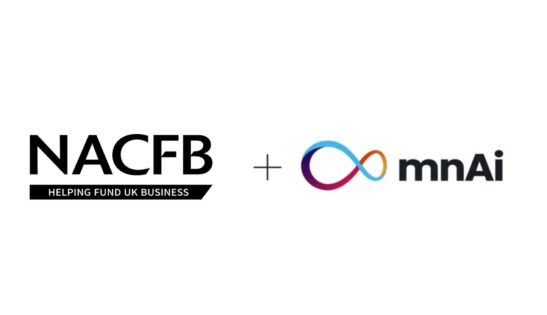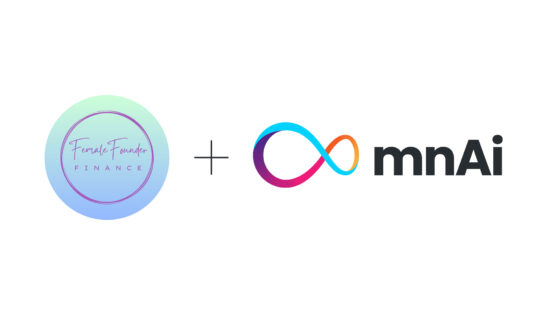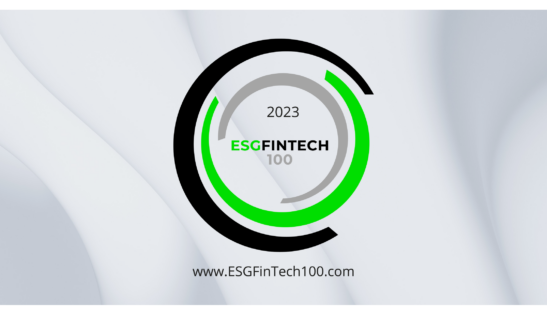27 Jan 2023
How do emissions affect business?

Andrew Inglis, mnAi’s Head of ESG, on how the environmental concerns of consumers and investors are influencing the way that companies think about their carbon emissions…
Ask most people to name an industrial sector with a high carbon footprint and most would name oil and gas exploration – the very source of the carbon-based economy. After that, maybe construction and heavy industries – the ones that consume or produce the world’s concrete and steel. Yet how many do you think would name solar farms? Relatively benign once they’re installed and without doubt a vital part of the planet’s greener future, the manufacture of solar panels is a surprisingly high emitter of greenhouse gasses (GHG), meaning that each one needs to be carefully managed so that it enjoys a very long, productive and low-carbon lifetime.
Solar farms reveal how hard it can be to classify which sectors are low emitters and which ones are less so. To help with this, company emissions are classed according to various activities. Scope 1 covers direct burn emissions – those produced by running a fleet of delivery vehicles or running ovens in a commercial bakery. Scope 2 looks at indirect emissions, such as the source of the power that heats and lights office buildings. Finally, Scope 3, which can account for over 70% of a company’s emissions, covers all other indirect emissions from a company’s value chain, both up and downstream of the company.
While most current carbon assessments focus on the recording and management of just Scope 1 and 2, when that data is used in conjunction with mnAi’s cutting edge, data driven solution, it also enables a company to understand its Scope 3 emissions – be that within its supply chain or customer base. This not only provides greater granularity to our analysis but also gives a starting point to gain a more realistic picture of a company’s total emissions.
A case in point would be a construction company striving to keep their Scope 1 and 2 emissions low through rigorous site management. However meticulous the company may be, a Scope 3 rating can be affected by factors out of their direct control – such as a sub-contractor pre-constructing components off-site. The Scope 3 rating will be partly dependent on whether that sub-contractor is a low or high emitter.
Or, to pick a less obvious example, while a financial services company may have full control over how it manages its own offices, the total emissions created in the course of doing business will be vastly different if it invests heavily in a technology company in Glasgow or a concrete manufacturer in Bristol.
As the theoretical effects of climate change start to play out in the real world, business sectors of all kinds are establishing financial frameworks around emissions, in order to understand the part they play in them. By understanding their own emissions profile, along with that of the sector they operate in, they can start to influence outcomes by changing processes, offsetting emissions or disassociating themselves from high emitting parts of their supply chain. With consumers concerned enough about climate change to factor it into what they buy and who they buy it from, emission reduction will increasingly affect the bottom line of businesses, even before regulatory change compels them to play a part in limiting climate change, or risk fines for not doing so.
mnAi can play a part in this journey by providing UK-based clients with the information they need to make decisions about their emissions and best practices. It does this by using its ‘digital twin’ of the UK private sector to find and compare like-for-like companies, unifying existing but disparate data sets on emissions and extrapolating like-for-like comparisons of supply chain benchmarking and enhanced data validation. In this way, mnAi can produce actionable insights on how organisations can reduce their carbon footprints based on comparable companies.
UK-based financial institutions are now looking to understand the emissions of their client base – mnAi’s emissions data can instantly provide them with an emissions value for customers, investments and associated officers. Effective monitoring and assessing their corporate customers’ emissions allows UK banks to better understand the risks and opportunities associated with climate change, letting them take steps to support them in reducing their emissions.
Such insights have also allowed them to build upon statutory governance, to report to the City (including PCAF and TCFD), to create ideal customer profiles, find green champions and offer green-focused financial products. Most importantly, it gives them the information they need to make the transition towards a low-carbon economy.
Book a demo with mnAi today to find out more – click here


